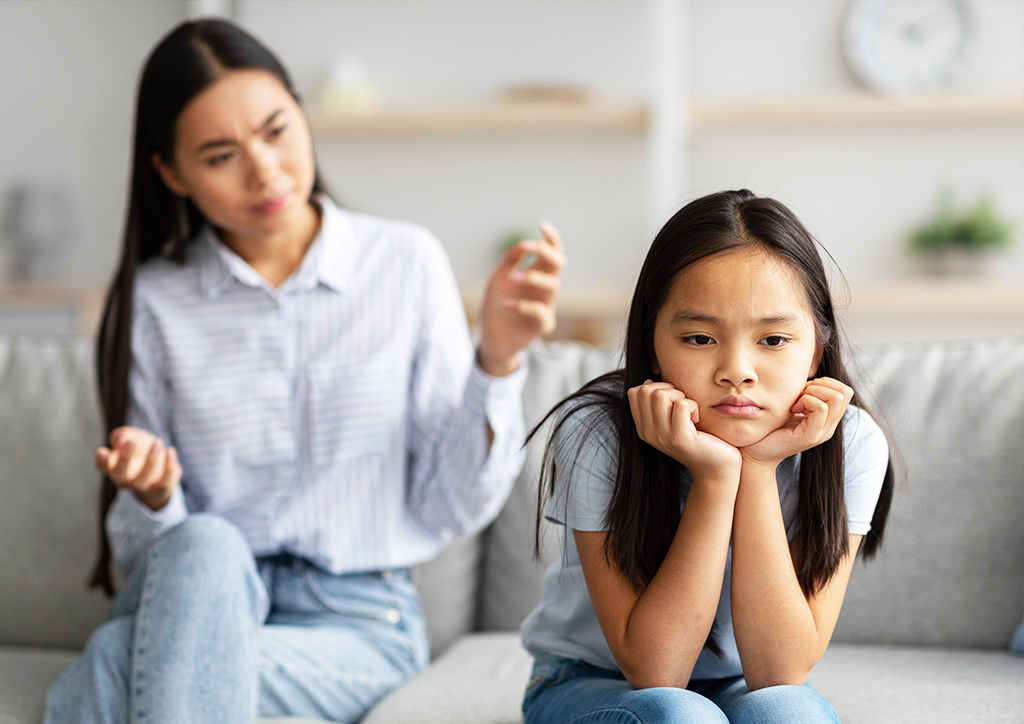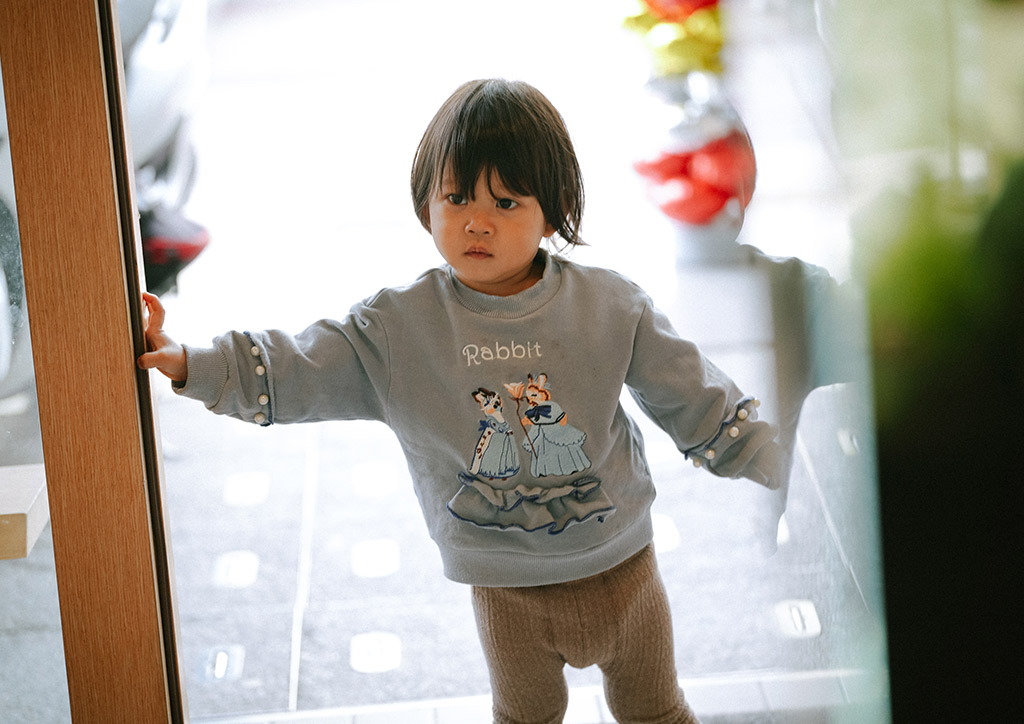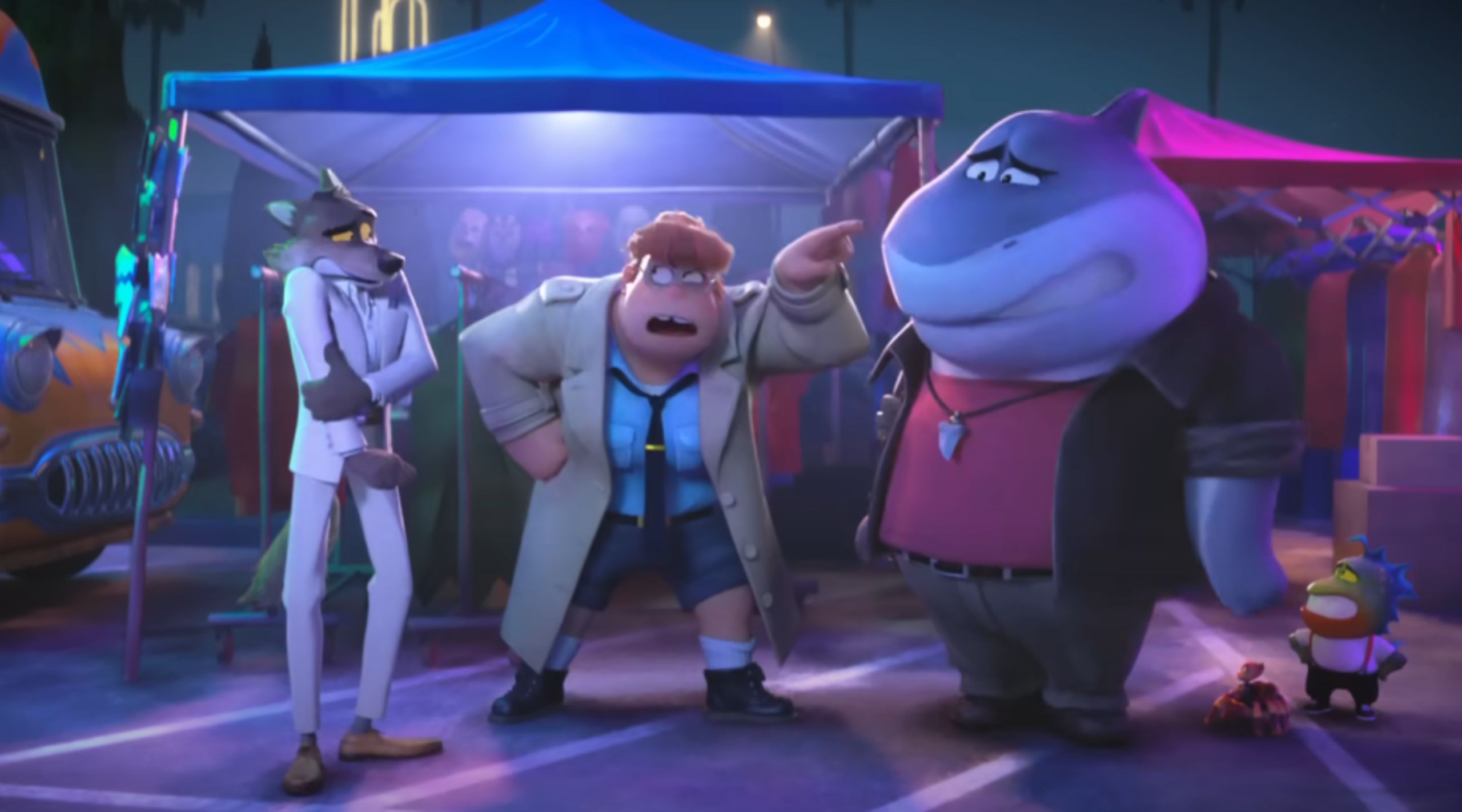The Power of No: How We Can Teach It To Our Kids
“No” is a pretty powerful word. Here’s how we can teach our kids to use it.
“No” isn’t anybody’s favorite word except for our toddlers or kids. From dragging them to the shower, forcing them to sleep, or eating a plate full of veggies, they will learn the power of the word “no”. But when do we reinforce their use of the word no? When do we not take “no” for an answer from our kids? How do we teach them the power of “no” without making them feel it’s because “we said so”?
We hate it when our kids say “no”.
There will always be a part of us that will hate our kids for saying “no”. It’s either “no” or the dreaded “why” where our patience runs thin as we try to explain why they need to take a bath now and not later. Yet, this is where the toughest part begins. They’ll start to complain, cry, whine, and throw a tantrum. We call this “escalating” and this is something we need to make sure that’s what “no” doesn’t mean.

But it’s just so hard being in authority and being a friend.
Drawing the fine line between being a person of authority and being a friend can be hard. Especially when some of these things may be part of our kids’ social lives. Going to parties, drinking, driving, and a lot of other things that, in our experience, had a 50-50 chance of being an amazing experience or an awful one. However, we parents always tend to imagine the worst which is why we put down a flat-out no. Coupled with our impatience, we drop the dreaded and ever-annoying, “Because I said so!” statement because we’re handling so many other thoughts and we figure our kids might have the common sense to figure out why.
Unfortunately, what our kids see from that is the power play.
By dismissing it, kids or teens soon fall back to the default “they’re-my-parents-I-have-to-be-obedient-regardless”. This breeds resentment and while we can’t talk to them right away, it’s better to talk about it soon. Talking to them about it also airs out your anxieties and grievances, allowing you to learn about the event that they want to go to.

Are there other ways of saying “no”?
Of course, there are! There’s a variety of ways to say “no” to our kids without appearing combative. Here are some:
- “I don’t think it’s a good idea.” – This tells your teens and kids that you’ve thought about it. This also opens the door to processing why you’re not comfortable with it.
- “Are you sure this is somewhere you want to be/go?” – Make the “no” come from them by making them double-think.
- “I don’t feel comfortable with the idea.” – This is a softer approach as it addresses feelings towards the event and idea.
Immediately saying the reason why they shouldn’t go can sometimes make kids and teens feel that you’re just putting them down. For a swimming party, if you just say “You can’t swim!”, they’ll just say they can stay on the side. Or, they’ll even ask their friends how deep the pool is. But the important thing is, once you say this — stick to it. No means no.

We need to know the difference between when our “no” is logical or illogical.
We’re quick to say “no” to some things because our anxiety spikes and all sorts of situations flash in our minds. But this is where we have to take a step back and ask if our reason for “no” makes sense. It’ll eventually reveal the way you’ll process with your kids. Our voices will become more high-pitched or we’re quick to get flustered. But no matter what it is, we can all agree: raising our voices when we say “no” is not going to get across.
More about kids and psychology? Here are some!
Parents Can Build A Secure Attachment Style With Their Kids In These Ways
Gaslighting: What It is and How Parents Can Avoid It
We Need To Teach Kids That With Freedom Comes Accountability









